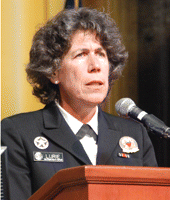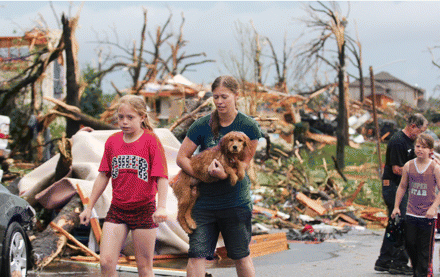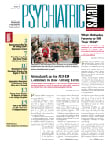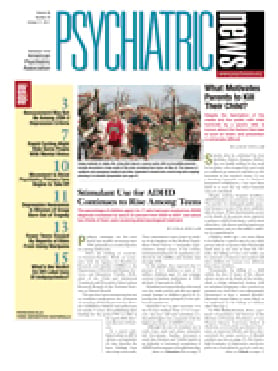"All disasters have health consequences, whether they follow terrorist bombings, tsunamis, hurricanes, or floods," Nicole Lurie M.D., M.S.P.H., told attendees at a conference on science, policy, and public health presented by Columbia University's Mailman School of Public Health on September 8.
Preparing for a safer, stronger, more resilient America should be an everyday process so that public health systems are in place and people know what to do when emergencies strike, said Lurie, assistant secretary for preparedness and response in the U.S. Department of Health and Human Services.
"If you're not doing it day to day, you can't do it on game day," she said.
Since September 11, 2001, the health care infrastructure that is needed to cope with mass casualty events has improved, she said. Ninety percent of U.S. hospitals now meet minimum standards. However, more needs to be done.
For a start, medical facilities and systems must build core capabilities that have multiuse potential. "In the past, planning was disaster-specific, but disasters vary," said Lurie. "With a foundation of core capabilities, one can be flexible and then pivot to handle unusual events."
The Centers for Disease Control and Prevention lists 15 core capabilities, ranging from community preparedness to managing volunteers (see
Health-Related Core Capabilities).
Strengthening existing systems that address issues such as disease surveillance and emergency capacity will ensure that a hospital is prepared to respond to epidemics, floods, or worse.
"If an emergency room is overloaded every day, and patients are being boarded in the halls, then there's no surge capacity," said Lurie. Other areas in which vigilance is crucial are the seams between elements, like the handoffs at shift changes or between emergency medical responders and hospital personnel, she said.
In a similar vein, Lurie argued for building community resilience through routine decisions such as ensuring resilient physical infrastructures by not building in flood plains, for example, or not putting backup generators in basements. In addition, she noted that resilience can be built into a system by strengthening the role of individuals, so that more get training in CPR, first aid, or psychological first aid. The residents of Joplin, Mo., a town devastated by a recent tornado, were familiar with tornadoes and had a response plan in place. "They thought about tornadoes in advance," Lurie noted.
In times of crisis, social support is important too. Her office has started a competition to devise a Facebook application so that one person can be a "lifeline" for three to five others, warning them to get out of harm's way or helping them find shelter after a disaster strikes.
Lurie envisions a "whole community" approach, including people often left out of disaster planning. Children are usually seen as vulnerable elements of the population, but in some households they may be the only English speakers. Also, they watch TV a lot and may be the ones on Facebook or Twitter. They are thus plugged into sources of rapidly changing information and can assist parents or others in times of disaster.
"Medical countermeasures must be strengthened end to end," she said. "We think of building a specific drug or vaccine for a specific illness, but the real threat is often unknown, so you need flexible capacity to identify and respond to an outbreak, and then produce a drug rapidly."
Adaptability is important in other ways as well, she said. "You never confront the same situation twice, so it's important to institutionalize learning in systems, not people."
Health personnel should have exposure-assessment systems ready to go. Registries set up even a few weeks after an event may miss important aspects of exposure to disaster that could help reveal etiologies and long-term effects of illness. One possibility would be the establishment of a national institutional review board to make quick decisions after disasters to allow exposure-related medical research to begin quickly, she suggested. Her department has already set up a roster of scientists with whom it can consult on a variety of threat areas.
Finally, Lurie cautioned, "Don't get complacent. Just because it's relatively peaceful out there does not mean it's time for retrenchment."
Disaster preparedness is like treating diabetes, a constant lifelong process, she said. Technology and programs are essential, but there is no substitute for a well-trained public health workforce—a concern of all speakers at the conference.



